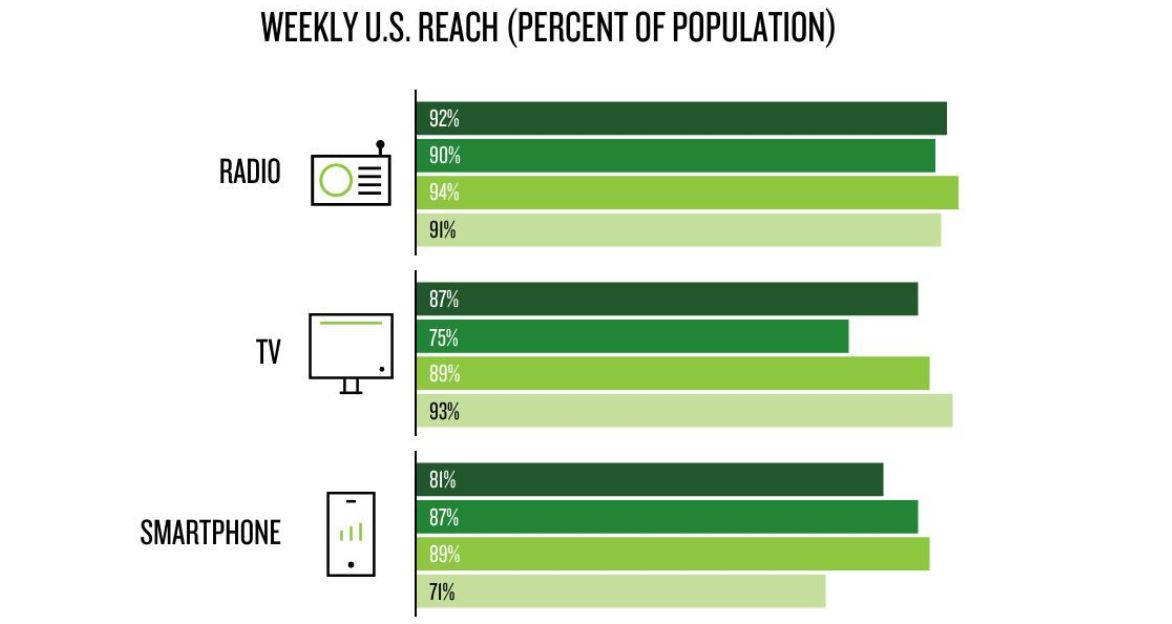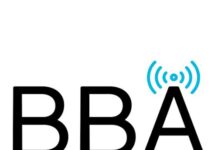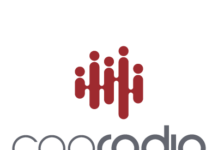
A new report from Nielsen touts how consistent this nearly 100 year old medium continues to be, despite thriving audio competition nibbling at its feet. Radio continues to reach more Americans than any other platform measured by Nielsen. Among adults 18+, radio reaches 92% of U.S. adults every week.
And the listeners are diverse, according to radio’s ratings company. Adults 18-49 are the demo that tunes in the most. The monthly reach for these listeners is 132.4 million (98% of the population), and Country is the format they prefer most. Adults 25-54 are the second most reached demographic for radio, with 123.6 million (99%) of the population listening each month.

When broken down by gender, both women and men 18-49 use radio in large numbers, with their listenership nearly equal at 65.9 million for women (97%) and 65.4 million for men (98%). And again, Country is the top format.
And for those who argue that kids do not listen to the radio as they glue their eyeballs their smartphones, Nielsen says, not true. 93% of the U.S. teen population listens to radio monthly. “That translates to 23.3 million 12-17 year-olds who tune in to radio each month. With this young demographic, Pop Contemporary Hit Radio (CHR) is the top format of choice while Country ranks number two.”






Attend the show, shelley, and you’ll get the band and the whole repertoire.
Have you noticed this blog and some of the comments arrive with a certain gravitas?
Meanwhile shelley, are you trolling me?
For someone who claims to be learning something new each day, you haven’t picked up on much, now have you?
I should also remind you: “Mindless, Uninformed Yapping” does not a hobby make.
Further, clueless, superficial, anonymous loons are quite easy to spot.
But I do confess: Slapping them around a little still qualifies as a “guilty sport”.
Time for another nap.
A nap at your age, Ronnie, is a daily necessity
I wonder when would be The Day when the Idiots from Nielsen may publish their first honest report saying that 95% of the New Teens are listening to every thing except Radio, or when they would say that Radio is an industry that is dying like the dinosaurs died when they couldn’t adapt to the new climate changes.
Nielsen is a company who makes millions telling Radio Stations how great they are, and how big their listenership is.
So, The Day when Nielsen Publishes their first honest findings, that day may be too late for the Radio Industry who is struggling to survive in an advertising era where for a fraction of the money, Facebook, Craigslist, Google Ads, Youtube; and others, they are yielding wonderful results, and they out numbering Radio ROI’s at 10, 15, 20 to 1 or even more!
In Radio, you need a long, long, long time to get results. Eventually you spent 10 dollars to, luckily, get one dollar back.
On Facebook, You won’t have to spend a dime! It is all free!! free! and Free!
How could radio compete against that?
And Of Course, Nielsen will keep publishing their phony manipulated surveys because they know that Radio Will keep buying them! They don’t survey Facebook or any other social media because Facebook, Youtube, and other platforms, their platforms are built in the principles that Radio is missing since its invention: Peer To Peer Memberships. Meanwhile on radio, No One Knows, For Sure, How many people are listening to their clunkers!
It may be 50,000 listeners, or it may be just 50, but you never know.
if radio is that good? How come no one likes to advertise on radio? How come endless merchants have lost money sponsoring their local radio stations?
If a Radio Station has a huge audience like in Los Angeles, Houston, Or Chicago, They want an eye of the face for one single ad with out any guarantees that those campaigns will yield any results!
If you want to advertise in the most popular radio station in Los Angeles, you may need a budget of 25,000.00 to 100,000.00 dollars per month! If you invest 10% of that on social media, you may get 100 times more results, with a 10% of the money otherwise you may have invested on Radio.
So, You smart Radio Geniuses, can you explain me how your over prices radio clunkers could compete against that?
Social Media Doesn’t need Nielsen Surveys because the Results Speak by them Selves!!
Come back after your voice changes and you’re old enough to vote
If you’re going to call something “fake” you need real evidence to back it up. Otherwise, you’re just another guy with an opinion. The survey you call “fake” has been certified by an unbiased, outside organization. Who certified your opinion?
Of course! I would like to see the day when Nielsen would say some thing not positive and so optimistic about radio listenership!
Fake, fake, fake! Like a prostotite orgasm with a 95 year old man!
FAKE!!
Just because you don’t like what they say doesn’t make it fake. Try to understand the difference. If you actually read the details in what they say there is some bad news. But you have to read it, and obviously you don’t.
you are SPOT ON i try to sell advertising,, and am laughed at,, i have worked in radio sinse 1960,, now there is amazon tunes pandora cable systems and on and on,, and the sad part we have 2 things going against us,, one we live in a very high tech town ,,over 200 wifi nodes , one on every block ,all fed by fiber ,, everything is available,, and second,, all the restaurants, coffee shops, stores can play all these services ,, the one service they cant play is our radio station ascap and bmi are always coming through town and if there is a business playing a radio station they threaten them … one restaurant had to pay 24000 bucks for playing us,, the young people that own businesses just hook up thier phone to a speaker, listenership is way down,,
Potential advertisers, like many on the inside of the business, seem to have little interest in Radio’s Big Reach.
But, if that’s all we gots, that’s all they gets.
More EFFECTIVE spots and better programming are the remaining elements that can even begin to make any difference.
There is certainly no appetite for any of that.
This situation would require research, education and training.
That is to say: Investments.
Ewwww! Gross! I don’t THINK so.
“More effective”, “Better Programming”
Ronnie’s one-note subjective analysis. What a rut this guy is in.
Tom is right. Does Radio Ink employ a proofreader?
Dropping these out of a plane over your market is not a use I would recommend. I would, however, use it for a topic for a staff or sales meeting. Unfortunately, you’ll soon discover how many of the station’s staff will disagree with Nielsen’s findings. You see, many employed in radio don’t believe in it. This not a new problem brought on by the emergence of the internet. The same doubts were expressed by radio employees right after the birth of TV, then 8 tracks, then cassettes, then CDs.
Can you think of another industry where many of it’s employees doubt it’s worth, and the amount of inventory of it’s only saleable product (commercial time) is severely limited by management?
It’s a very strange business to be in.
The great info sounds very promising but the reality is radio is suffering. No charts or graphs will indicate the real struggle. The model of corporate terrestrial radio is broken at the public’s expense.
And your supporting data is……?
I have been in the industry for over 30 years. I live radio 24/7. When terrestrial radio was taken over by corporate, it changed. The Telecommunications Act of 1996 has been the biggest blow to radio. It has evolved but not at the rate of tech. At the end of the day it’s all about the money. I’m sure we can all look up data in Miller Kaplan.
And your supporting data is….?
Radio employing another non-believer like you is not supporting data.
Have you READ the TCA of 96? Only a small part mentions radio. The main dereg was for phone companies, allowing the baby Bells to reunite. That, to me, was a far bigger blow than anything that happened to radio. The phone companies are far more monopolistic than anything in radio. All of the problems people identify with radio had their foundations before 1996.
Great info but graph isn’t labeled.
Tom…what label are you looking for? Quite obviously it’s from Nielsen.
PPM is still very flawed. Sampling still lacks accurate representation of markets and Spanish is also weighed inaccurate. Almost 2020 and we still can’t get it right.